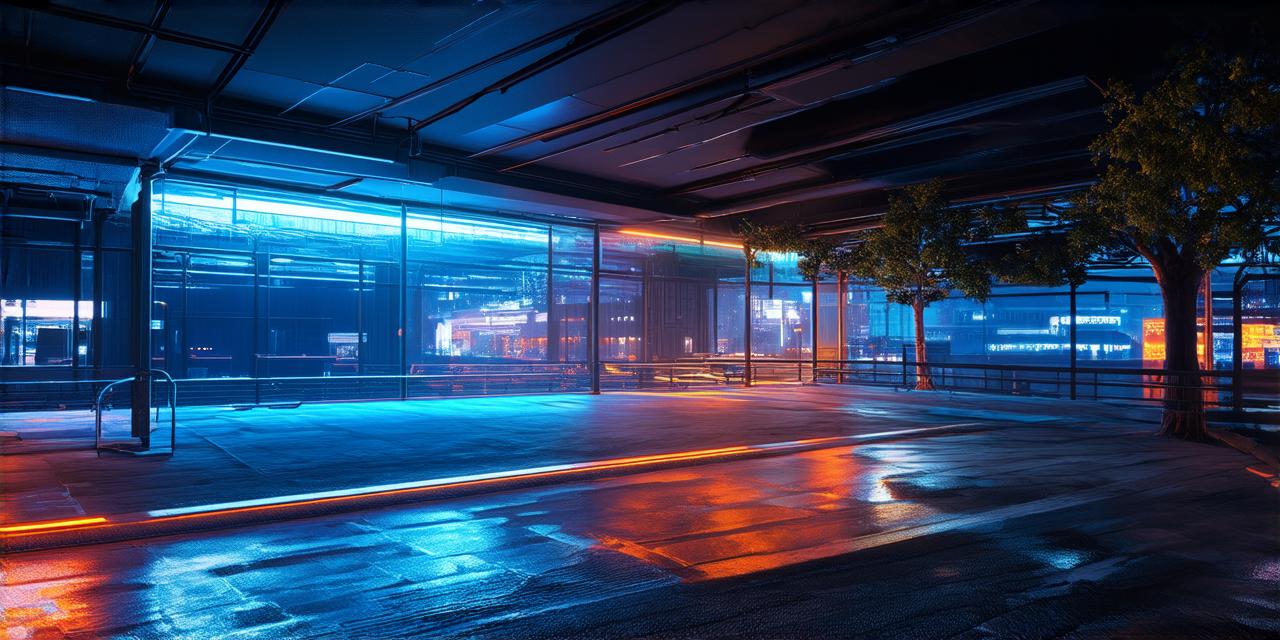As an Unreal Engine developer, you know that creating engaging and interactive experiences requires more than just a beautiful environment. You need to be able to bring your ideas to life with simple, yet powerful tools like blueprints. In this article, we’ll explore some of the best blueprint examples for Unreal Engine and see how they can help you create stunning visuals and immersive gameplay experiences.
1. Introduction to Blueprints
Before we dive into specific examples, let’s take a moment to understand what blueprints are and why they’re such an essential part of Unreal Engine development. A blueprint is a graphical representation of your game’s logic and behavior. It allows you to visualize how different elements in your game interact with each other, without needing to write any code. This makes it easy for artists, designers, and programmers to collaborate and bring their ideas to life quickly.
Blueprints are also highly customizable, allowing you to create complex interactions between different objects, characters, and systems in your game. With the right blueprint tools, you can create everything from simple animations to intricate AI behaviors that drive your game’s narrative and gameplay.
2. Examples of Unreal Engine Blueprints
Now that we understand what blueprints are let’s take a look at some of the best examples out there to see how they can help you create engaging and immersive experiences in Unreal Engine.
2.1 Character Movement Blueprint
Character movement is one of the most critical aspects of any game, and Unreal Engine offers a powerful set of tools to help you create seamless and intuitive character animations. In this blueprint example, we’ll take a look at how you can use blueprints to create a basic character movement system for your game.
The character movement blueprint in this example consists of three main components:
- Input Controller: This component listens to user input, such as keyboard and controller movements, and maps them to different actions in the game. For example, you might map the up arrow to make the character jump or the left trigger to move the character in that direction.
- Animator Controller: This component controls the character’s animations, allowing you to create smooth transitions between different poses and states. You can use this controller to create walking, running, jumping, and other animations that bring your character to life.
- Character Movement Component: This component handles the actual movement of the character in the game world. It uses data from the input controller and animator controller to calculate the character’s position and orientation, allowing you to create realistic and immersive movement behavior.
2.2 Environmental Interaction Blueprint
Environmental interaction is another critical aspect of any game, as it allows players to interact with the game world in meaningful ways. In this blueprint example, we’ll take a look at how you can use blueprints to create interactive objects and environments that respond to player input.
The environmental interaction blueprint in this example consists of four main components:
- Input Controller: This component listens to user input, just like the character movement blueprint, and maps it to different actions for the interactive object or environment. For example, you might map the left trigger to open a door or the right stick to activate a switch.
- State Machine: This component manages the state of the interactive object or environment, allowing you to create complex interactions between different states. You can use this component to create puzzles, riddles, and other challenges that require players to think creatively to progress.
- Blueprint Graph: This component is a visual representation of the logic behind the interactive object or environment. It allows you to see how different components and functions interact with each other, making it easy to debug and troubleshoot your blueprints.
- Physics Engine: This component controls the physical behavior of the interactive object or environment, allowing you to create realistic and believable interactions between the player and the game world. You can use this component to create collisions, impacts, and other physics-based interactions that add depth and realism to your game.
